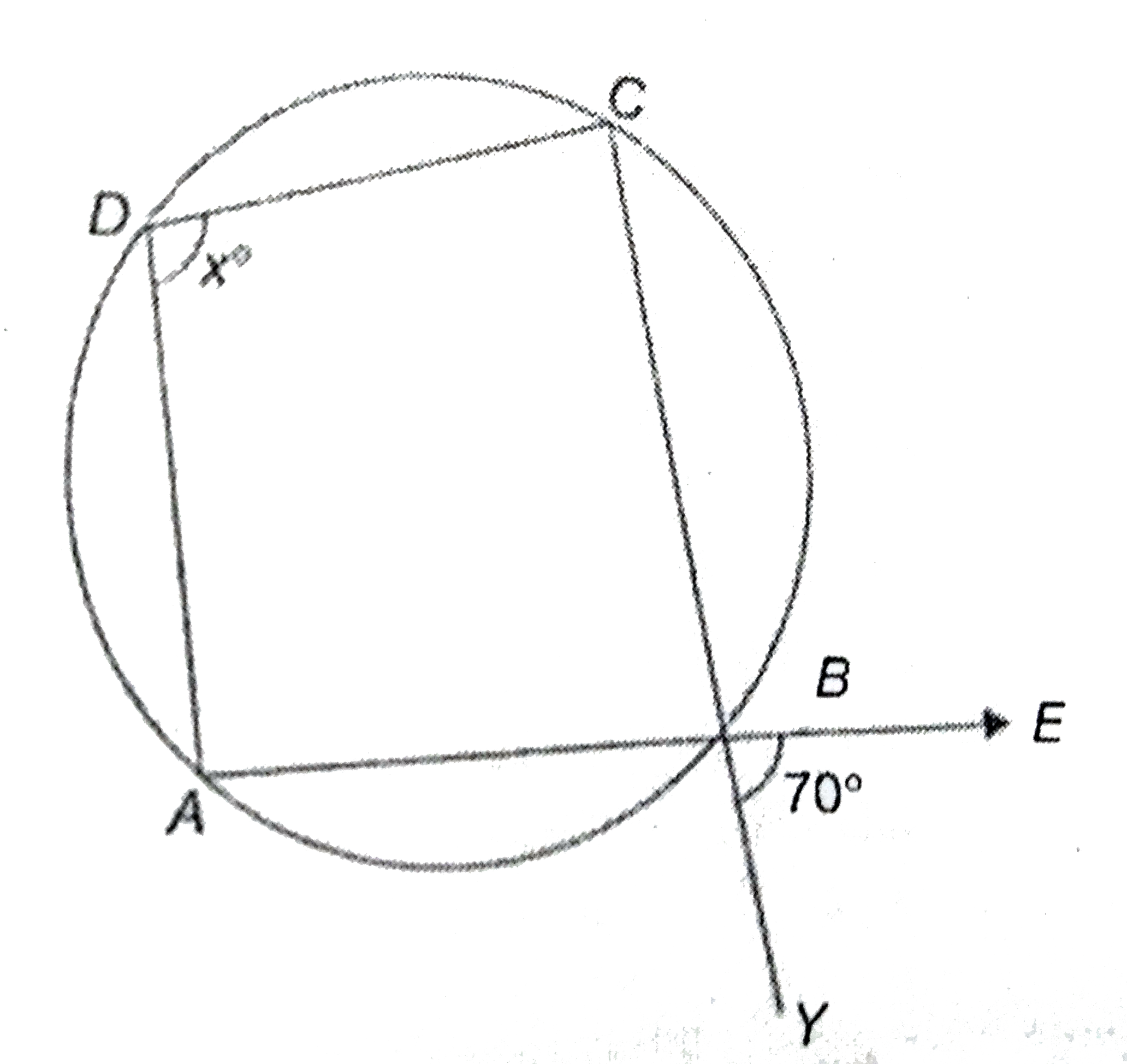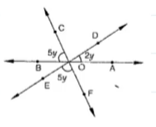If any two adjacent rows or columns of a determinant are interchanged in position, the value of the determinant
A. Becomes zero
B. Remains the same
C. Changes its sign
D. Is doubled
The correct Answer is:C
To solve the problem, we need to understand the effect of interchanging two adjacent rows or columns in a determinant.
1. Understanding the Determinant:
Let's consider a 3x3 determinant represented as follows:
D=∣∣
∣∣a11a12a13a21a22a23a31a32a33∣∣
∣∣
2. Interchanging Two Rows:
If we interchange two adjacent rows, for example, the first row and the second row, the determinant becomes:
D′=∣∣
∣∣a21a22a23a11a12a13a31a32a33∣∣
∣∣
According to the properties of determinants, interchanging two rows results in the determinant changing its sign. Therefore, we have:
D′=−D
3. Interchanging Two Columns:
Similarly, if we interchange two adjacent columns, say the first column and the second column, the determinant becomes:
D′′=∣∣
∣∣a12a11a13a22a21a23a32a31a33∣∣
∣∣
Again, the determinant changes its sign:
D′′=−D
4. Conclusion:
From the above steps, we can conclude that if any two adjacent rows or columns of a determinant are interchanged, the value of the determinant changes its sign.
Thus, the correct answer is C: the value of the determinant changes its sign.
Let's consider a 3x3 determinant represented as follows:
D=∣∣
∣∣a11a12a13a21a22a23a31a32a33∣∣
∣∣
If we interchange two adjacent rows, for example, the first row and the second row, the determinant becomes:
D′=∣∣
∣∣a21a22a23a11a12a13a31a32a33∣∣
∣∣
According to the properties of determinants, interchanging two rows results in the determinant changing its sign. Therefore, we have:
D′=−D
Similarly, if we interchange two adjacent columns, say the first column and the second column, the determinant becomes:
D′′=∣∣
∣∣a12a11a13a22a21a23a32a31a33∣∣
∣∣
Again, the determinant changes its sign:
D′′=−D
From the above steps, we can conclude that if any two adjacent rows or columns of a determinant are interchanged, the value of the determinant changes its sign.
Topper's Solved these Questions
- DETERMINANTS BOOK - PUNEET DOGRACHAPTER - DETERMINANTS EXERCISE - PREV YEAR QUESTIONS
55 Videos
- DEFINITE INTEGRATION BOOK - PUNEET DOGRACHAPTER - DEFINITE INTEGRATION EXERCISE - PREVIOUS YEAR QUESTIONS
65 Videos
- DIFFERENTIAL EQUATION BOOK - PUNEET DOGRACHAPTER - DIFFERENTIAL EQUATION EXERCISE - PREV YEAR QUESTIONS
84 Videos
Similar Questions
Knowledge Check
If any two adjacent rows or columns of a determinant are intercharged in position, the value of the determinant :
ABecomes zeroBRemains the sameCChanges its signDIs doubledThe element in the ith row and the jth column of a determinant of third order is equal to 2(i+j). What is the value of the determinant?
A0B2C4D6If each element in a row of a determinant is multiplied by the same factor r, then the value of the determinant
AA. Is multiplied by r3BB. Is increased by 3rCC. Remains unchangedDD. Is multiplied by r
If two rows (or column) are identical or Proportional the value of the determinant is
View SolutionTwo rows(or columns) are identical or proportional the value of the determinant is
View SolutionIn the figure ,find the value of x.

View SolutionIn Figure, determine the value of y.

View SolutionA determinant is chosen at random from the set of all determinants of order two with elements 0 or 1 only. Probability that the determinant chosen has positive value is
View Solution